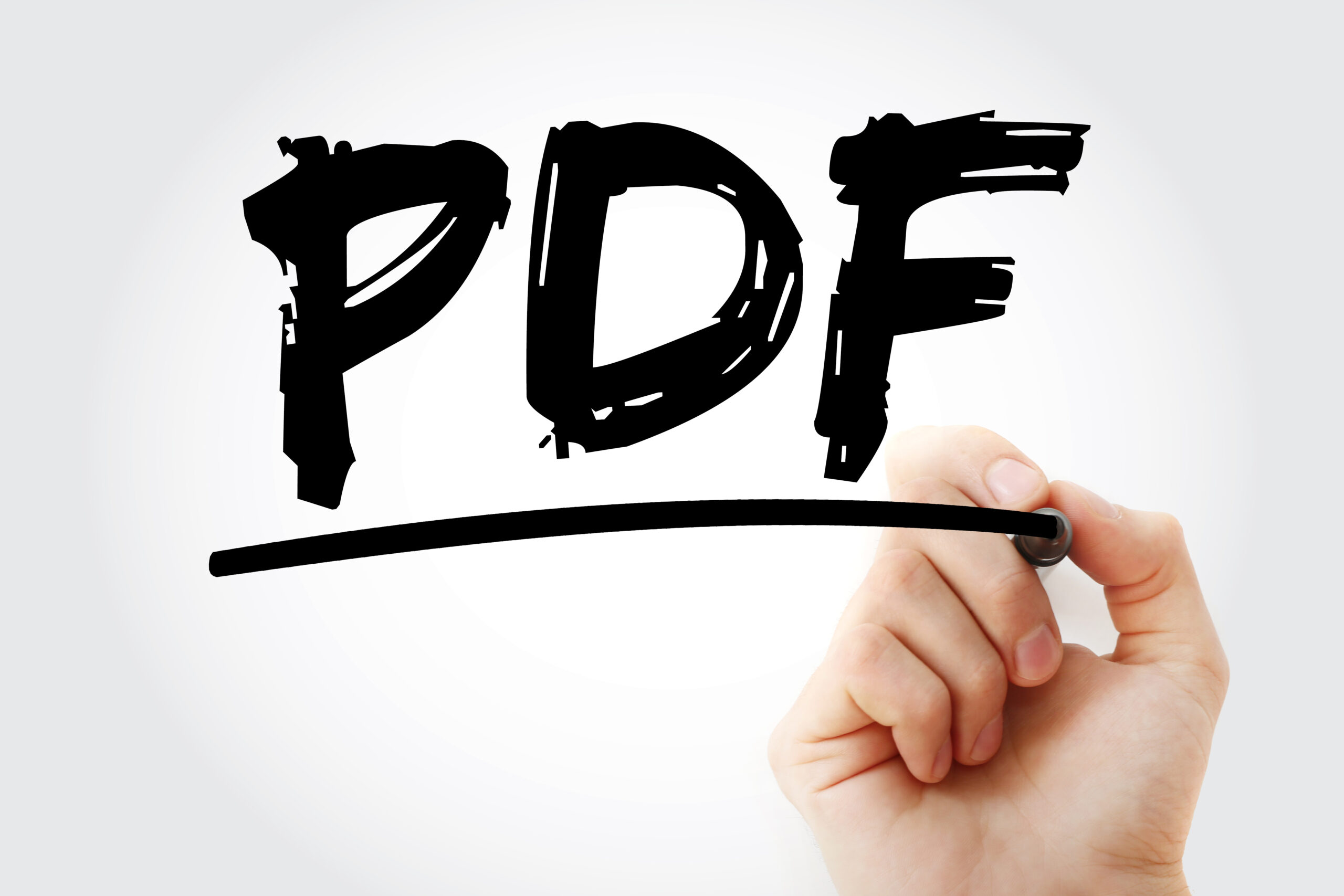*This article is an English translation of a Japanese article.
PDF (Portable Document Format) is widely used on the web for documents, but from an accessibility standpoint, proper considerations must be taken. Inaccessible PDFs can pose significant barriers for visually impaired and other disabled users, making it difficult for them to access information. This article explores the importance of PDF accessibility, how to create accessible PDFs, key checkpoints, and advice for implementation.
1. Importance of PDF Accessibility
PDFs are commonly used by government institutions and companies on their websites. However, improperly created PDFs present several accessibility challenges.
Common Issues
- Not readable by screen readers: Text embedded in images or content without tags cannot be properly read by screen readers.
- Navigation difficulties: Without headings or bookmarks, users may struggle to navigate within the document efficiently.
- Inaccessible forms: Form fields that lack proper labeling make it difficult for visually impaired users to input information.
Addressing these issues is essential to ensure that all users, regardless of disability, can access the information equally.
2. How to Create Accessible PDFs
To create accessible PDFs, it’s important to follow some fundamental guidelines. Below are key steps for creating accessible PDFs.
2.1 Tagging the Document
- Add Tags: Adding tags to a PDF helps screen readers understand the document’s structure. Use appropriate tags for headings, lists, tables, and other elements.
- Maintain Logical Structure: Ensure elements in the document are tagged in a logical reading order, making it easier for screen readers to interpret.
2.2 Providing Alternative Text
- Alternative Text for Images: Assign descriptive alternative text (alt text) to all images so that visually impaired users can understand the content of the images.
2.3 Improving Navigation
- Create Bookmarks: For longer documents, create bookmarks for key sections to enable easier navigation.
- Use Heading Structure: Use heading tags (H1, H2, H3) appropriately to clarify the document structure, allowing screen readers to navigate effectively.
2.4 Making Forms Accessible
- Label Form Fields: Properly label form fields to clearly indicate their purpose.
- Set Tab Order: Set a logical and intuitive tab order to ensure easy navigation using the keyboard.
2.5 Setting Document Language
- Set Document Language: Specify the document’s language in the PDF properties, ensuring that screen readers pronounce content correctly.
3. PDF Accessibility Checkpoints
Once an accessible PDF is created, it’s essential to perform an accessibility check to identify and fix any remaining issues. Key checkpoints include:
3.1 Using Automated Tools
- Adobe Acrobat Accessibility Checker: Adobe Acrobat includes a built-in feature for checking PDF accessibility, automatically detecting potential issues.
- Other Check Tools: Tools like PAC (PDF Accessibility Checker) can also be used to verify the document’s accessibility.
3.2 Manual Checks
- Screen Reader Testing: Test the document using a screen reader to ensure that reading order and navigation work correctly.
- Check Form Fields: Manually check that all form fields are labeled correctly and that they function properly.
4. Advice for Implementing PDF Accessibility
To ensure that accessible PDFs are consistently provided, consider the following points:
- Implement Accessibility Early: Address accessibility at the initial stages of document creation to avoid costly and time-consuming fixes later.
- Ongoing Training: Provide regular training for team members on how to create accessible PDFs, keeping up-to-date with the latest standards and practices.
- Gather Feedback for Improvement: Collect feedback from users regularly to help improve accessibility.
- Develop an Accessibility Policy: Establish a company-wide policy on accessibility to ensure all digital content, including PDFs, meets accessibility standards.
Handling PDF accessibility on the web is a critical step toward ensuring that all users can access information equally. By following the correct procedures to create accessible PDFs, you can provide an inclusive web experience. Accessibility is not just a checklist but an ongoing effort for improvement. Strive to create accessible PDFs to ensure information is accessible for everyone.
We have released the UUU Web Accessibility Widget Tool, designed to make web accessibility easy to implement. This tool helps improve the accessibility of websites quickly and efficiently, even without specialized knowledge.
If you’re interested in enhancing your website’s accessibility, please check out the details. We are here to support you in making your website more user-friendly and accessible to a wider audience.
